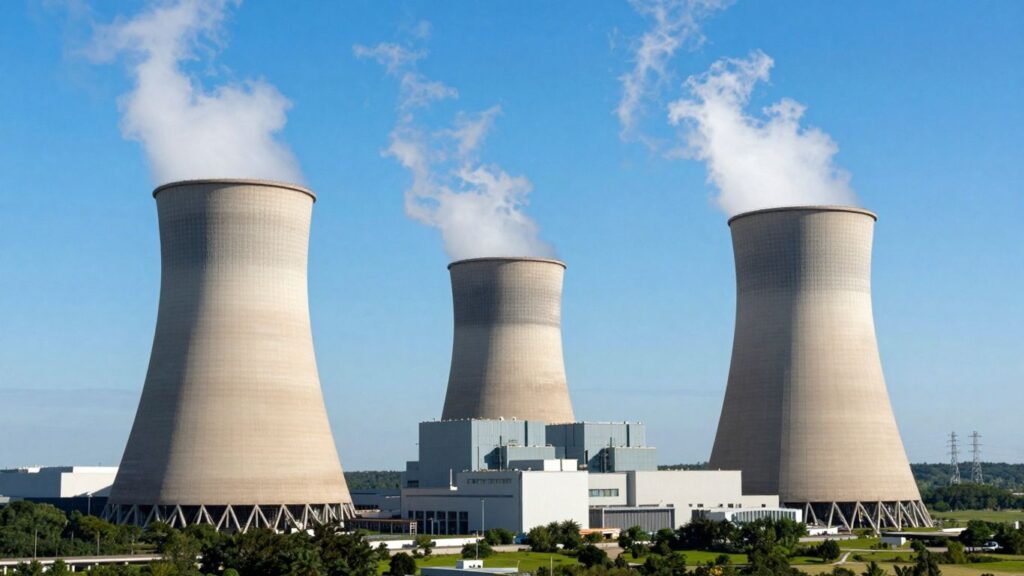China has achieved a significant milestone in nuclear energy by successfully powering up and live-refueling its experimental Molten Salt Thorium Reactor (MSTR). This breakthrough positions China at the forefront of advanced nuclear technology, potentially paving the way for a cleaner and more sustainable energy future.
China’s Nuclear Leap Forward
Located in the Gobi Desert, China’s 2-MW liquid-fueled thorium molten salt reactor (MSR) has reached a critical operational phase. The National Nuclear Safety Administration has granted a permit for trial operations, allowing the Shanghai Institute of Applied Physics to run the reactor for a decade. This development marks a major step in China’s pursuit of advanced nuclear technologies, securing its prominent position in the field of thorium reactor development.
Key Takeaways:
- Live Refueling Achieved: For the first time, a thorium molten salt reactor has been refueled while operational, demonstrating the potential for continuous energy production.
- Thorium’s Advantages: Thorium offers a cleaner, safer, and more abundant alternative to uranium, producing less radioactive waste and posing no risk for nuclear weapons proliferation.
- Technological Advancement: China’s success builds upon decades of research, including declassified U.S. studies, positioning them as leaders in this advanced nuclear technology.
- Future Potential: The successful operation of this experimental reactor paves the way for larger-scale MSRs, with a 10-MW version already under construction.
The Promise of Thorium
Thorium-based nuclear power plants are lauded for their potential to be more secure, generate less radioactive waste, and be more fuel-efficient than traditional uranium reactors. Thorium is also significantly more abundant than uranium. Unlike uranium, thorium is not fissile on its own but can be converted into fissile uranium-233 by absorbing neutrons. This process is considered safer, with MSRs being less susceptible to meltdowns due to their ability to operate at higher temperatures and atmospheric pressure.
Global Context and Future Outlook
While China leads in operationalizing a thorium MSR, other nations like India, Norway, and research institutions in the United States are also actively involved in thorium research and development. The International Atomic Energy Agency (IAEA) is coordinating global efforts to assess thorium’s potential. China’s rapid advancement, however, suggests a strategic commitment to this technology, potentially influencing the global energy landscape and the future of nuclear power.
China’s Strategic Commitment
China’s investment in thorium technology dates back to 2011, with a clear strategic decision to lead in this sector. This commitment is reflected in the rapid development and operationalization of their MSR. Experts suggest that China’s progress could significantly impact global energy markets and geopolitical dynamics, especially concerning clean energy solutions for initiatives like the Belt and Road.
Sources
- China’s thorium reactor a step towards a clean energy future… But what about India? – Defence News, Financial Express.
- China Just Powered Up the World’s First Thorium Reactor — and Reloaded It Mid-Run, ZME Science.
- China’s TMSR-LF1 Molten Salt Thorium Reactor Begins Live Refueling Operations, Hackaday.
- Transcript of Henry Tillman: China’s Thorium Revolution, The Singju Post.












